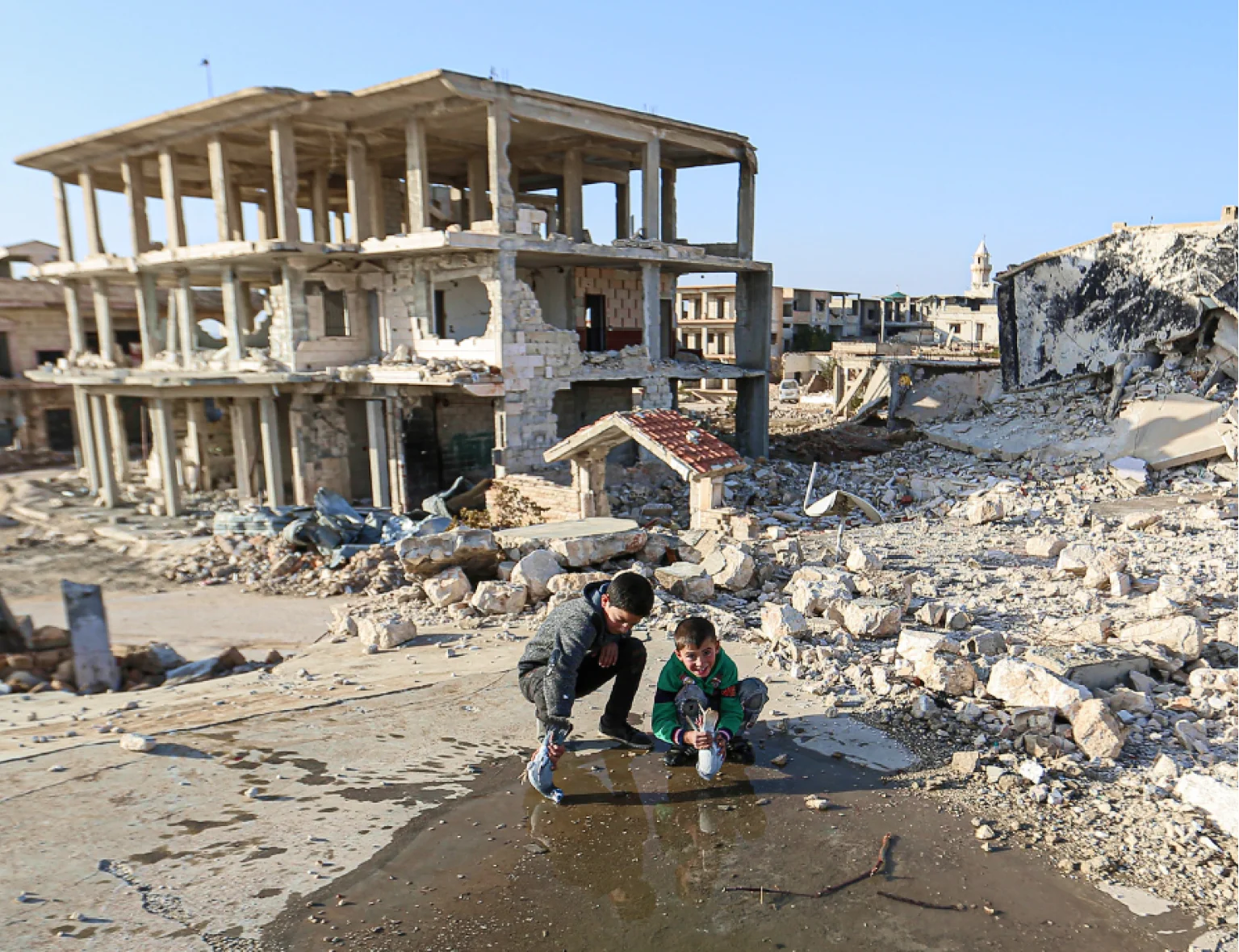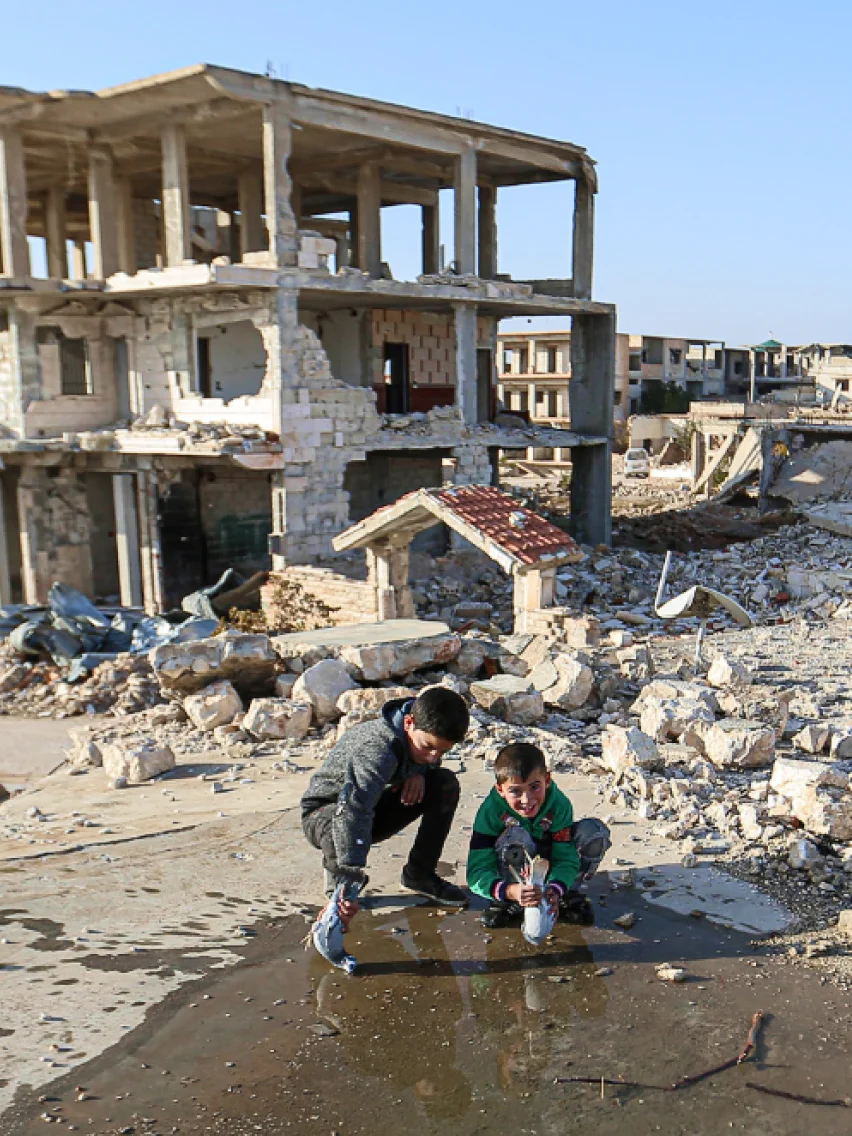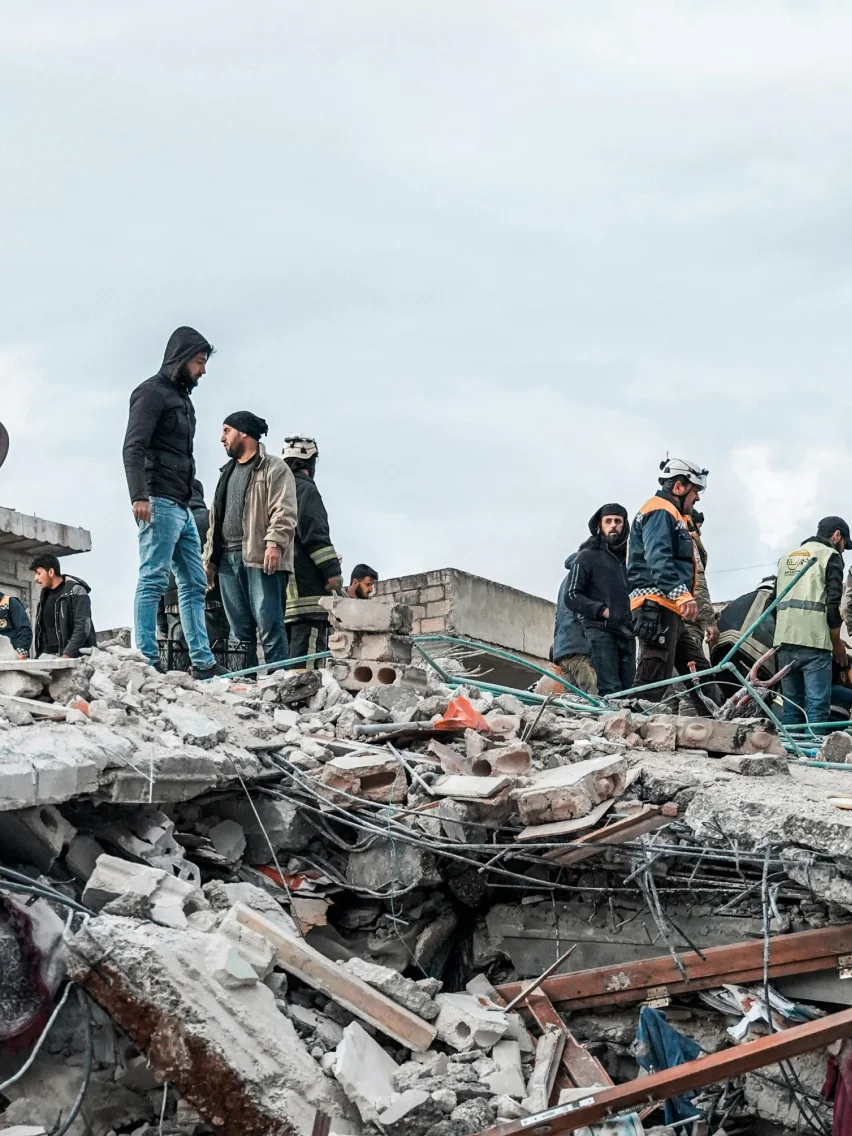* This assessment is based on a combination of open-source research, input from subject matter experts on the ground, survivor accounts, and data analysis.
In the face of natural disasters, conflicts, or economic crises, vulnerable populations are not only struggling with the immediate challenges of survival but are also at heightened risk of falling prey to human traffickers. As emergency responses and aid efforts intensify, it is crucial to recognise and address the plans of traffickers seeking to exploit those in desperate situations for personal gain.
The Ongoing Crisis in Palestine:
The ongoing crisis in Palestine, resulting in a significant loss of civilian lives and displacement, has raised alarming concerns about the potential surge in human trafficking. Reports of alleged organ trafficking and theft highlight the urgency of the situation. As millions continue to be displaced, the risk of various forms of exploitation, including recruitment for sex and labour exploitation, is expected to rise.
In our assessment, we evaluate the situation from three points of view that help us understand the system in which a trafficker works. These three instances help us reveal the potential risks faced by people.
Recruitment:
a. Large-Scale Relocation: If mass relocation from Gaza occurs, traffickers are likely to infiltrate the process, targeting women, girls, and children for exploitation in both sex and labour industries.
b. Parentless Children: With an estimated 15,000 children now orphans in Gaza, they have become prime targets for traffickers. Infants, particularly valuable in the trafficking market, are at heightened risk.
c. Aid and Reconstruction: The large-scale aid and reconstruction efforts post-hostilities are key targets for traffickers, who may infiltrate in the process, recruiting victims from the local community and third countries.
d. Migration from the Middle East: Victims are already recruited from Middle Eastern nations for exploitation in South America’s halal meat processing industry, a trend likely to increase and diversify.
e. Organ Trafficking: Active recruitment for organ removal and transplant is expected, mirroring experiences in refugee communities in Türkiye.
Demand:
a. Aid Sector Risk: The aid sector itself carries a risk of trafficking, with bad actors infiltrating major organisations and informal aid workers engaging in exploitation. Sexual and labour exploitation, including illegal adoption, are likely outcomes.
b. Reconstruction Infiltration: Large-scale reconstruction in Gaza is susceptible to criminal groups and corrupt elements within business groups, exploiting labour for excessive profits.
c. Illicit Organ Trade: A well-rooted market for illicit organ trade in surrounding nations is expected to grow significantly, raising concerns about the exploitation of vulnerable individuals.
d. Forced Marriage: Forced marriages for financial gain are likely to spike and remain high in the aftermath of the crisis.
Money (Revenue):
a. Disrupted Money Systems: With disrupted financial systems in Gaza, traffickers are likely to exploit the use of cash, particularly US dollars, Egyptian pounds, and Israeli shekels, especially in sex trafficking.
b. Contractor Vulnerability: Contractors paying for local labour in cash are highly vulnerable to exploitation, with bad actors stealing significant portions of agreed-upon daily rates.
c. Medical Tourism Payments: International payments for medical tourism, particularly for transplants, are expected to increase significantly and should be considered a red flag.
d. Adoption Payments: International payments for adoption are likely to rise, posing risks of exploitation.
e. Debt Bondage: Families attempting to recover stability may fall into debt bondage as a means of financial recovery.
f. Cash Scrutiny: Large cash deposits for international transfers from Gaza should be closely scrutinised to detect potential trafficking activities.
As the crisis unfolds, it is imperative to remain vigilant and address the complex challenges posed by human trafficking. Increased awareness, collaboration between multiple stakeholders, and a robust response are crucial in preventing further exploitation of vulnerable communities during and after times of crisis. We at STOP THE TRAFFIK shine a light on trafficking operations, providing a foundation for building a comprehensive and effective response to protect at-risk populations.

 20.03.24
20.03.24
 14.03.24
14.03.24
 01.03.24
01.03.24
 09.02.24
09.02.24
